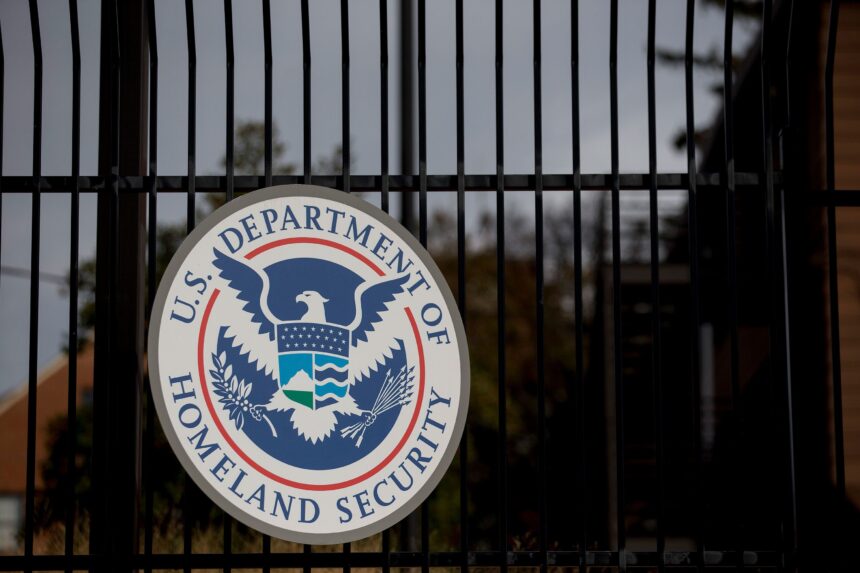Potential Iranian Threats to U.S. Officials: Insights from a DHS Bulletin
By Sean Lyngaas, CNN
Iran’s geopolitical landscape is once again under scrutiny, especially in light of a recent bulletin issued by the Department of Homeland Security (DHS). This document suggests that Iran may consider targeting U.S. government officials if it feels its regime is endangered. The implications of such a threat have significant ramifications for U.S.-Iran relations and the security of American officials.
The DHS Bulletin and Its Implications
According to the DHS bulletin acquired by CNN, the Iranian leadership might see a variety of scenarios as justification for targeting American officials. Key among them is the perception that the stability of their regime is at risk. This could stem from ongoing U.S. military actions or perceived involvement of American officials in the deaths of senior Iranian leaders. The bulletin, dated June 22, has been disseminated to state and local law enforcement agencies, highlighting its urgency and significance in guiding security measures.
Escalating Tensions Following U.S. Strikes
A notable escalation occurred earlier this week when Iran launched missiles aimed at a U.S. military base in Qatar. This action was reportedly in retaliation for previous U.S. strikes against Iranian targets. Such military maneuvers underscore the rising tensions between the two nations and feed into the narrative of potential retaliatory violence.
The bulletin notably connects these recent events to a wider trend of violence directed at U.S. officials, especially following President Donald Trump’s decision to bomb Iranian nuclear sites. The memo articulates concerns regarding the safety of ordinary government workers, illustrating the evolving nature of threats that now extend beyond military and intelligence circles.
Past Threats and Current Security Measures
The document does not detail specific methods of potential targeting, but its historical context is alarming. The Justice Department has raised allegations that Iran previously attempted to assassinate Trump and his former national security adviser, John Bolton. This resurgence of threats comes amid heightened security measures adopted by law enforcement, particularly for those involved in deterrence efforts against Iranian aggressions.
While the DHS bulletin notes a lack of observable retaliatory threats from Tehran at the moment, it emphasizes the ongoing risk posed by Iran’s capacity for swift and unpredictable action against U.S. officials.
Political Rhetoric and Its Real-World Implications
Recent comments from Trump regarding "regime change" in Iran further complicate the situation. He posited this idea through a social media post, suggesting that if the Iranian regime fails to deliver progress for its people, a change in leadership could be justified. This vantage point could aggravate existing tensions and embolden Iranian hardliners to act against perceived threats, including U.S. officials.
White House Press Secretary Karoline Leavitt described Trump’s remarks as mere speculation, yet they undoubtedly contribute to a climate of uncertainty and fear. Past intelligence assessments indicated that threats against Trump necessitated increased Secret Service protection, demonstrating that political discourse can have tangible consequences for security.
A Broader Context of Security Concerns
As diplomatic tensions simmer, the DHS bulletin paints a broader picture of a "heightened threat environment" within the United States. It warns of potential cyberattacks and lone-wolf threats, both of which are plausible manifestations of Iranian discontent. Law enforcement agencies are currently scrutinizing connections to groups like Hezbollah, assessing any potential threats that may arise as geopolitical strains escalate.
Iran’s intelligence apparatus, known for its cyber capabilities, might employ hacking as a tool for reconnaissance on U.S. officials. In fact, previous incidents, such as the hacking of a Trump official in 2022, raise alarms about the extent to which Iran may go to monitor former officials closely sought after for retribution.
The Focus on Cybersecurity
The DHS has highlighted concerns regarding "hacktivist" activities aligned with Iranian interests. These could manifest in low-level cyberattacks, including distributed denial-of-service (DDoS) attacks aimed at disrupting U.S. networks. Moreover, the bulletin expresses apprehension over cyber or physical threats to critical infrastructure within the United States. Such vulnerabilities put not just officials at risk but also the general populace, emphasizing the need for robust countermeasures and vigilance in cybersecurity practices.
By understanding the nuanced dynamics detailed in the DHS bulletin, one can better navigate the complexities of U.S.-Iran relations and the potential ramifications for American security moving forward.


